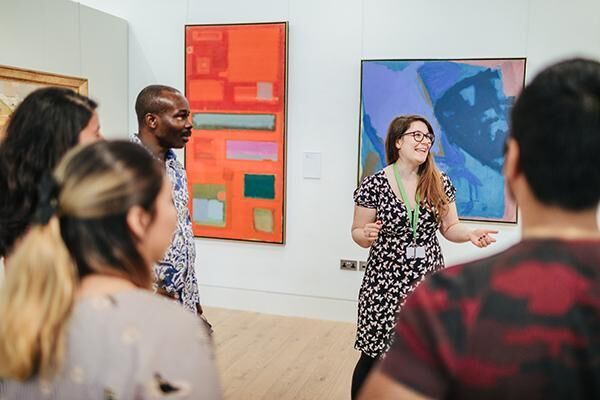Give to Leeds
There are many ways to give to Leeds and every contribution makes a difference.
Your gifts enable us to nurture talent, raise aspirations and power societal change.
Each one of our worldwide community of supporters plays a vital role in supporting our University’s outstanding research and education.
With your help, we can shape a better future for humanity.
Donate now
Make a single or regular donation via our Giving platform.
If you’re not able to donate online or would like to speak to us about your donations please email the Give to Leeds team at give@leeds.ac.uk and we can provide alternative ways for you to make your gift.”
Why your gift matters
-
The real difference your gift can make
Find out how your donation could change the lives of students at Leeds.

-
Ben Kew (Food Science and Nutrition 2019)
“The scholarship truly sculpted my life at university. It's something for which I will forever be grateful.”
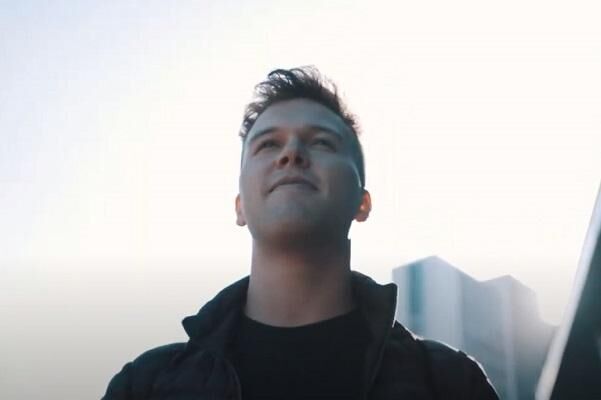
-
George Hobley (Criminal Justice and Criminology 2021)
“The fact that others believed in me enough to back me financially gave me an incredible level of confidence – and for that I’m forever in their debt.”
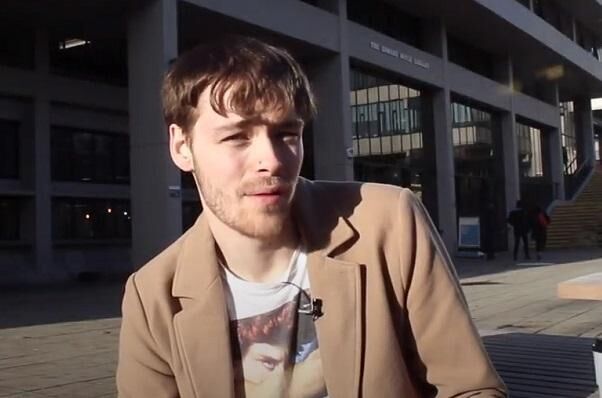
-
Penny Sucharitkul (Fourth Year, Medicine and Surgery)
“Your support helped me to present at the Vascular Society’s annual conference in front of over 200 consultants!”

-
Pearls Eddo (Second Year, Law)
“For students from similar backgrounds to mine, there’s a feeling that you have to work three times harder to access the same opportunities as your peers. Your support has helped put my mind at ease.”
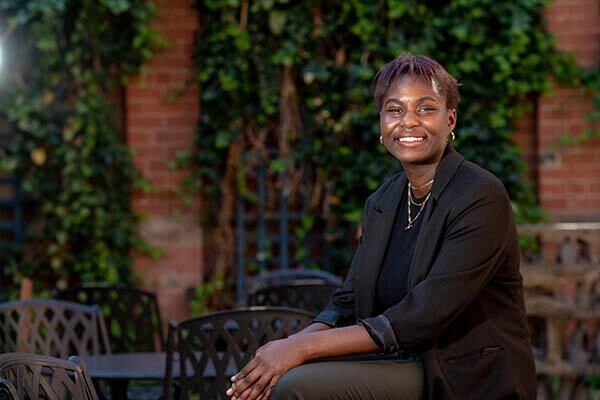
-
Shanese Youngs (Third Year, Business and Philosophy)
“Every step of my Leeds journey you have helped me turn my hard work into success.”

More ways to support Leeds
-
Leaving a gift in your will
By including a gift to the University in your will, you can help us to nurture talent, or push forward research in an area close to your heart.

-
Volunteering
Give the gift of your expertise and time and help guide students to success.
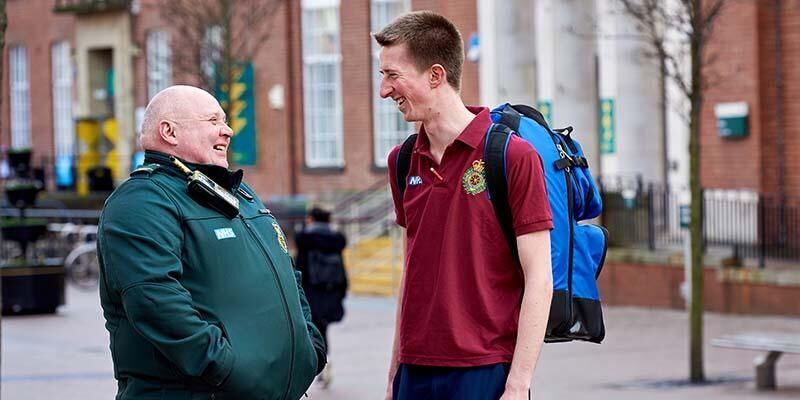
-
Philanthropic partnerships
Trusts, foundations and other corporate partners realise their mission by funding world-leading research and working with us to benefit the wider community.
